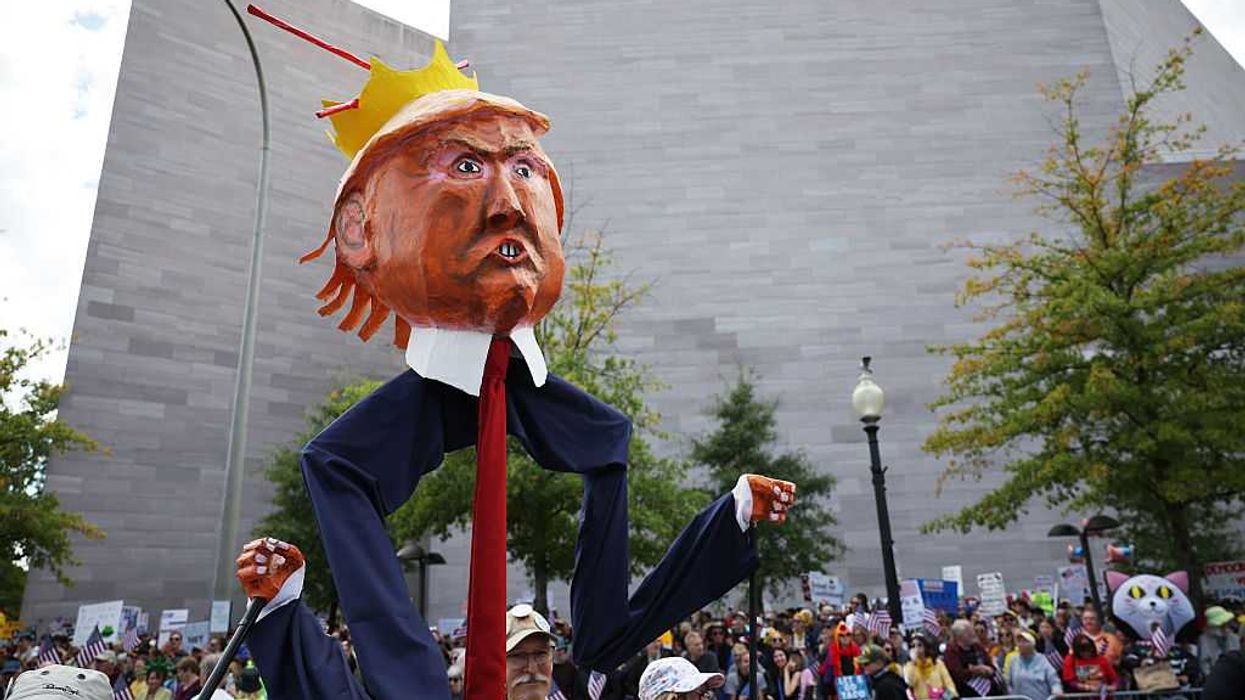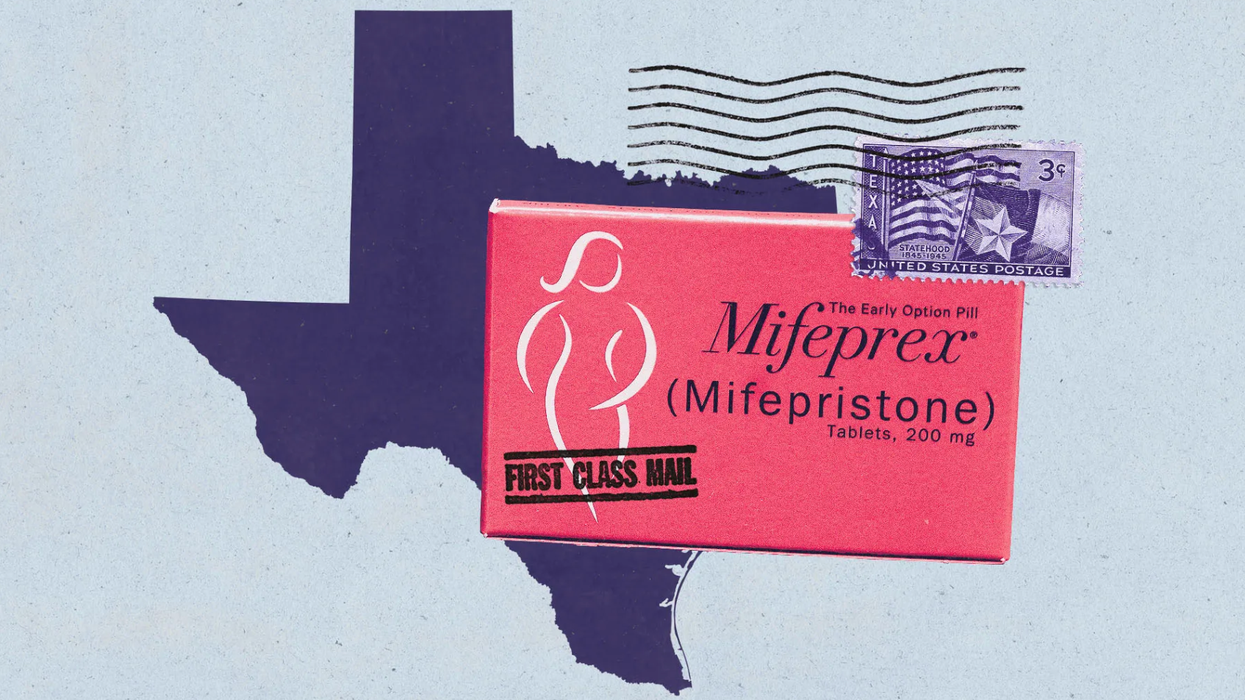Among the international trade issues making headlines is President Trump’s recent announcement to abandon current U.S. law regarding small, low-value packages containing products purchased by Americans from overseas. The initial Executive Order was paused just days later. But the threat remains, making damaging economic repercussions imminent.
The process for such small-dollar shipments is de minimis entry. The term means “pertaining to tiny or trivial things,” emphasizing why its usage only applies to goods under a lower-priced threshold.
Critics deride the provision, typically using the term “loophole” in their attacks on the law. However, the process has been in place since 1938, when the de minimis exemption for low-value imports was created “to avoid expense and inconvenience to the Government disproportionate to the amount of revenue that would otherwise be collected.”
The initial threshold was $200 for individual shipments. Congress raised the amount several times, most recently in 2015 when bipartisan majorities in both chambers agreed to an $800 limit. The provision benefits American businesses and consumers through reduced costs and an already-stretched US Customs and Border Protection (CBP) by allowing officials to use limited resources on higher-value imports.
Inflation and the general cost of goods have been on Americans; minds for the last few years, so demand for inexpensive products is unsurprising. De minimis imports are exempt from duties and processing fees, and the business needs to hire customs brokers to keep costs down. There has been a corresponding growth of online retailers and platforms, some of whom have established direct-to-consumer practices, especially appealing to Americans hit by inflation.
Domestic small businesses also constitute a significant portion of the economics at play. Many American small businesses have adopted models that reply to drop-shipping as a key competitive advantage for selling merchandise.
Business Magazine Inc. describes this growth and the impact: “The rise of e-commerce was particularly beneficial for small businesses, including those owned by women and minorities, and those in rural areas. . . companies that could not afford to hire an import/export broker and didn’t have the capital to hold large stores of inventory could suddenly source goods overseas, from office supplies to individual auto parts.”
Plenty of evidence shows that eliminating de minimis rules would be a severe blow to everyday American consumers.
An Oxford Economics analysis study examined bills to restrict goods entering under de minimis rules and found a 40 to 55 percent cost increase for end users. President Trump’s addition of a 10 percent tariff on all goods made in China would increase those prices.
Financial firm Nomura arrived at a similar conclusion, with its analysts noting that “products previously sent under de minimis could rise by as much as 55% if the full cost of additional administrative fees and duties is passed on to consumers.”
A recent paper from the National Bureau of Economic Research found a cumulative cost on Americans of eliminating what the authors justifiably call the current “pro-poor” de minimis policy. That total is between $10.9 billion and $13 billion—the worst part is that the relative cost per person will be higher for lower-income Americans, with people in the poorest ZIP Codes facing price hikes of up to 12 percent.
The National Foreign Trade Council perhaps boiled it down best: “Reducing de minimis would double the cost of a $50 package, costing taxpayers millions and undoubtedly causing unnecessary delays for businesses and consumers without improving enforcement.” Recent reactions from online shoppers show that, in some cases, the fees are even worse.
Supposedly, a big portion of the concerns around de minimis packages is the rise of fentanyl consumption.
Liberal protectionist politicians have agitated against products made abroad and using fentanyl as an excuse. Sens. Ron Wyden (D-OR), Sherrod Brown (D-OH), and the recently retired Rep. Blumenauer (D-OR) have all been harbingers of ending de minimis, to the delight of labor union bosses.
Though Trump followed their lead, especially with rhetoric about fentanyl, the reality is different. First, the Drug Enforcement Agency (DEA) points out in detail that counter-smuggling efforts are best aimed at cross-border enforcement. Second, current law allows packages—even packages imported under de minimis rules— to be inspected for fentanyl and other drugs, counterfeits, products produced by forced labor, etc.
To be sure, improvements to customs security processes should be a top priority. But Trump’s de minimis push is missing this element. His second Executive Order, suspending the first, focuses heavily on tariff processing, not on security.
The confusion in the days between the two orders highlighted the logistical challenges. Customs and Border Protection officials scrambled to deal with shipments coming in, and the U.S. Postal Service announced that it would no longer accept any packages from China or Hong Kong backed up by established processes.
Over a million packages, even those for which import fees were paid, were backed up at JFK Airport alone in just a couple of days.
Ending de minimis comes with a significant cost to Americans, especially those with lower incomes. If Trump actually wants to combat illicit activity, then the administration would do well to look closely at enhancing security measures. Otherwise, one must question what is to be gained by causing more hardship to hardworking American families.
Mario H. Lopez is the president of the Hispanic Leadership Fund, a public policy advocacy organization that promotes liberty, opportunity, and prosperity for all.



















